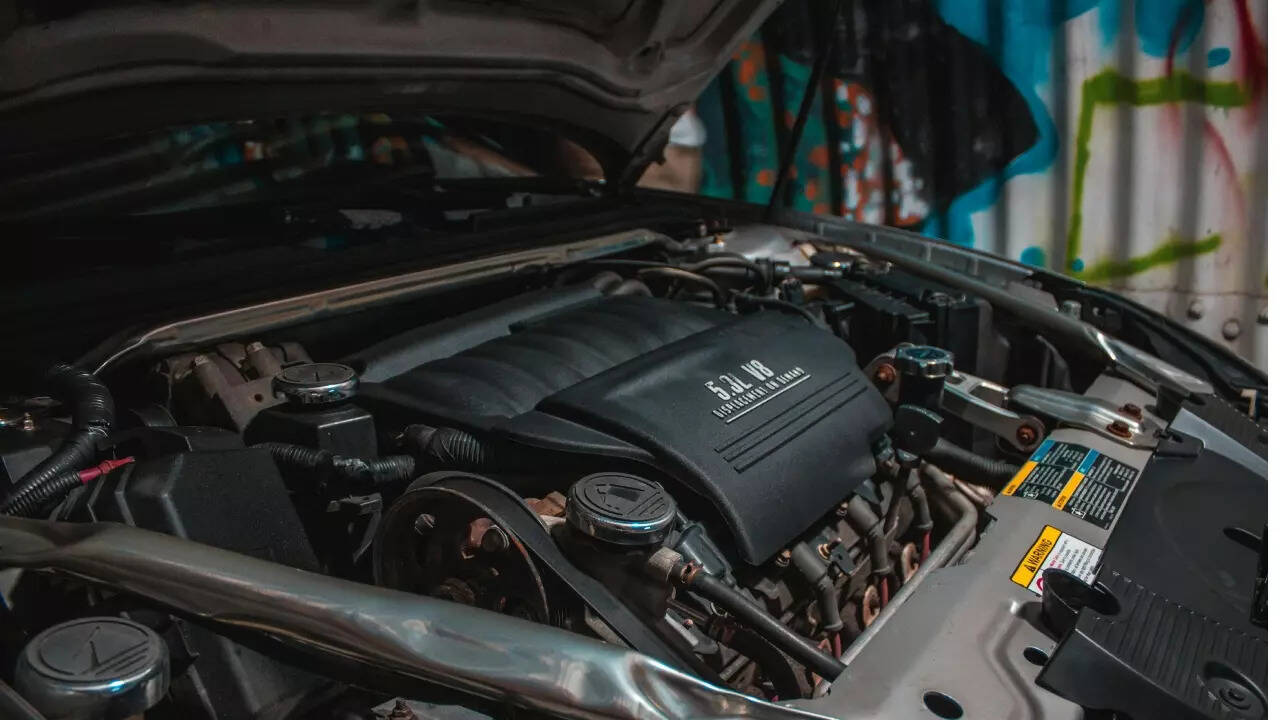Over time, it gets clogged as contaminants can accumulate in the radiator, thus hindering its efficiency and potentially leading to engine overheating.
Recognizing the signs that your car’s radiator needs a flush is essential for preventing costly repairs and maintaining your vehicle’s longevity. A radiator flush is a maintenance procedure involving draining and cleaning the system to remove contaminants and old coolant. Here, we take a look at some of the key indicators that can help you know the right time when your radiator needs a flush.
Inefficient cooling
One of the primary indicators that your car’s radiator may require a flush is a decrease in the overall efficiency of the cooling system. If you notice that your engine is running hotter than usual, it could be a sign of a clogged radiator, which will affect its ability to dissipate heat effectively.
MG ZS EV vs Mahindra XUV400: Which is the better electric car? | Electric SUVs Comparison | TOI Auto
Rusty or discoloured coolant
Inspecting the colour and clarity of your coolant is a simple yet effective way to monitor the health of your radiator. Clean coolant is typically bright and translucent. If you observe a rusty or discolored appearance, it indicates the presence of rust and debris in the radiator.
Visible leaks
Visible coolant leaks beneath your vehicle are clear signs of a cooling system issue. Leaks can result from corrosion or damage to the radiator, and a flush may be necessary to address these issues promptly. Ignoring leaks can lead to a loss of coolant, engine overheating, and potentially severe engine damage.
If you observe any of these signs, consulting with a qualified mechanic and scheduling a radiator flush can save you from costly repairs and keep your vehicle running smoothly.


